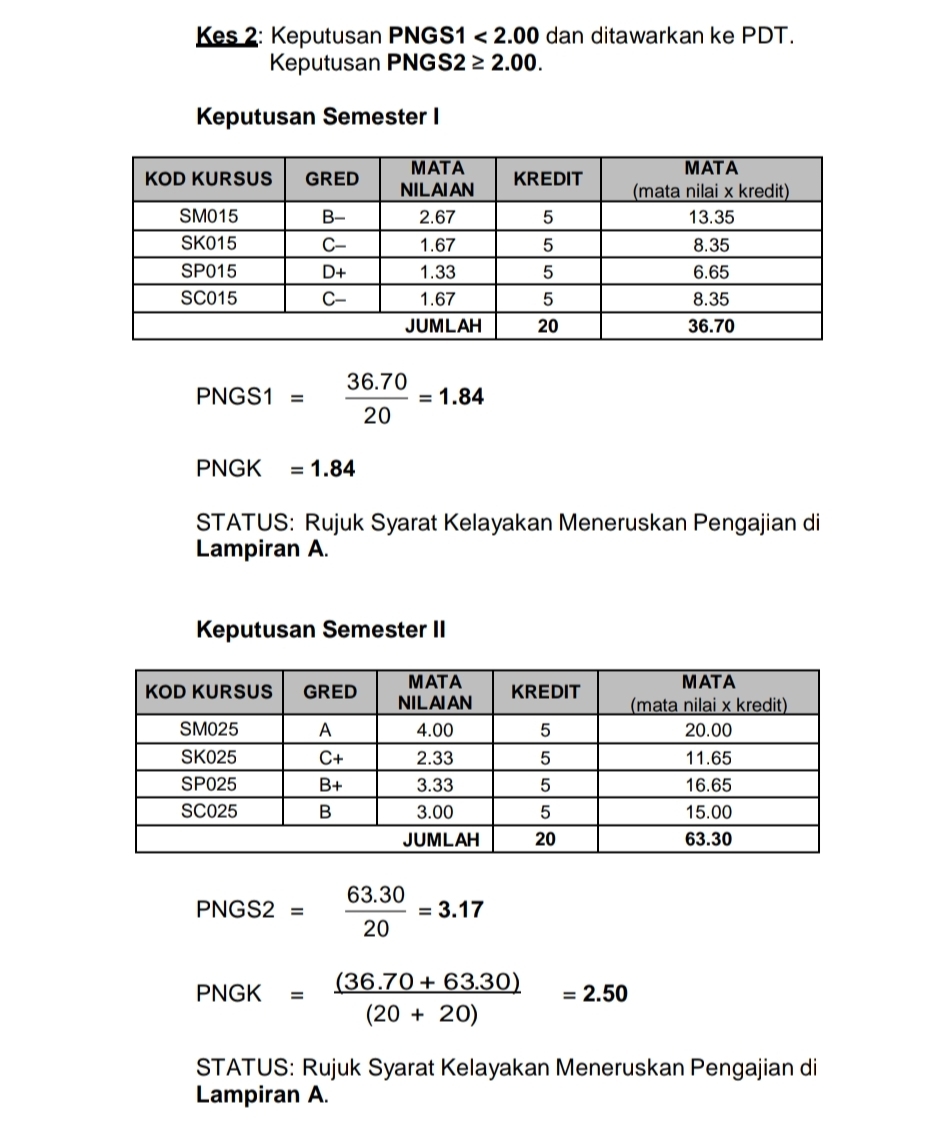In a world overflowing with data, understanding percentages is akin to possessing a superpower. It empowers you to decode discounts, make informed financial decisions, and interpret statistics with confidence. Whether you're a student grappling with grades or a business professional analyzing market trends, mastering the art of percentage calculations is essential.
But where did this concept of percentages originate? The history of percentages can be traced back to ancient civilizations like the Romans, who used fractions based on the number 100 for taxation purposes. The term "percent" itself has Latin roots, derived from "per centum," meaning "by the hundred." This simple yet powerful concept evolved over time, becoming an indispensable tool for various fields, including finance, science, and everyday life.
Why are percentages so important? They provide a standardized way to express parts of a whole, facilitating easy comparison and interpretation of data. Imagine trying to compare the performance of two students who took tests with different total marks. Percentages come to the rescue, offering a level playing field for assessment. This ability to standardize data is just one reason why percentages are crucial for understanding and communicating information effectively.
Now, let's delve into the heart of the matter: how to calculate percentages. The process is surprisingly straightforward. To determine what percentage one number represents of another, you divide the smaller number by the larger number and then multiply the result by 100. For instance, if you want to find out what percentage 20 is of 50, you would divide 20 by 50 (resulting in 0.4) and then multiply by 100, giving you 40%. Simple, right?
Mastering this fundamental calculation unlocks a world of applications. From deciphering discounts at your favorite store to analyzing growth trends in business reports, percentages become your key to understanding and interpreting the world around you.
While seemingly straightforward, many individuals encounter challenges when dealing with percentages, particularly in real-world scenarios. One common issue is misinterpreting percentage changes. For example, a 50% increase followed by a 50% decrease does not bring you back to the original value. Understanding the multiplicative nature of percentage changes is crucial for avoiding such errors.
Another common challenge arises when dealing with percentages of percentages. Let's say you have a 20% discount coupon, and the item you want is already on a 10% sale. Calculating the final price involves understanding how these discounts interact. Mastering these nuances empowers you to make informed decisions, whether you're shopping for bargains or analyzing complex financial data.
Advantages and Disadvantages of Using Percentages
| Advantages | Disadvantages |
|---|---|
Easy to understand and interpret Facilitates comparison of data Widely used and recognized | Can be misleading if the base value is small Potential for misinterpretation of percentage changes May not always provide the complete picture in complex situations |
Despite these potential pitfalls, the benefits of understanding and utilizing percentages far outweigh the drawbacks. By mastering this fundamental mathematical concept, you equip yourself with a valuable tool for navigating the complexities of a data-driven world.
To conclude, the ability to calculate and interpret percentages is an indispensable skill in today's data-rich environment. From understanding discounts to making informed financial decisions, percentages play a crucial role in our daily lives. While challenges may arise, particularly with percentage changes and complex scenarios, the benefits of mastering this concept are undeniable. By embracing percentages, you empower yourself to analyze information critically, make informed decisions, and navigate the world with greater confidence.
Navigating the workplace maze office ethics and etiquette
Score a sweet deal salem craigslist cars
Conquer car floor mat crud the ultimate cleaning guide
cara kira untuk dapatkan peratus - Khao Tick On
Perbandingan Spread Emas di Malaysia - Khao Tick On
cara kira untuk dapatkan peratus - Khao Tick On
cara kira untuk dapatkan peratus - Khao Tick On
cara kira untuk dapatkan peratus - Khao Tick On
cara kira untuk dapatkan peratus - Khao Tick On
cara kira untuk dapatkan peratus - Khao Tick On
cara kira untuk dapatkan peratus - Khao Tick On
cara kira untuk dapatkan peratus - Khao Tick On
cara kira untuk dapatkan peratus - Khao Tick On
cara kira untuk dapatkan peratus - Khao Tick On
Pin on Alat Jimat Minyak Kereta - Khao Tick On
cara kira untuk dapatkan peratus - Khao Tick On
cara kira untuk dapatkan peratus - Khao Tick On
cara kira untuk dapatkan peratus - Khao Tick On













